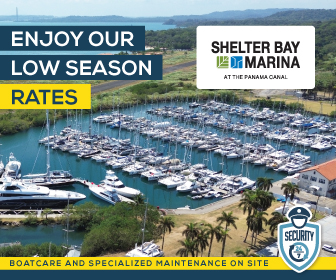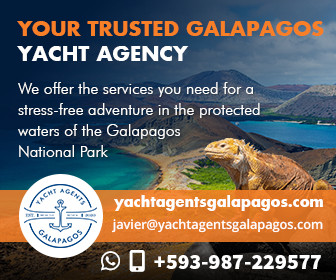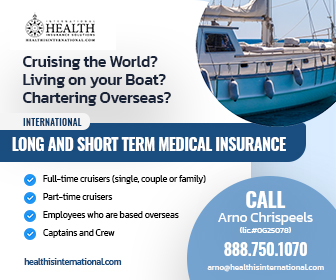Cruising West from Trinidad: Cruisers give their advice
In the wake of November’s violent attack on a cruising yacht off the coast of Venezuela’s Paria Peninsula (on passage from Trinidad to Puerto La Cruz), long-term Carribean cruiser Anne Dunlop gives her advice on the safest route West.
Published 12 years ago, updated 6 years ago
Sailing straight west along the coast of the Paria Peninsula from Trinidad is not a safe option.
The general consensus of opinion amongst cruisers is that in order to go west from Trinidad, you need either to sail north to Grenada in the first instance, or sail as far north as sensible (probably between 50 and 60 miles), before finally heading west for the ABC’s or Columbia. There are parts of Venezuela that are probably safe, and you do get cruisers telling of wonderful anchorages and fabulous people. Personally, I’ll stay safe and stay away.
My main interest in all of this is to get out to the general public and the other yachties that the area between Trinidad and Grenada is a comparatively safe area, however, as in all seagoing areas, cruisers must be vigilant and exercise caution. Cruisers must take note of the fact when approaching the area around the gas rigs, that there are gas rig safety boats who will chase away all approaching boats they deem to be too close to the rigs. The gas rig companies and workers themselves are anxious that there are no problems in the area for them to worry about.
There is also a very active Trinidad Coast Guard who patrol the Trinidad and Tobago areas, and there is Trinidad North Post Radio whom you can contact on the VHF all the way between Trinidad and Grenada.
Float plans have been put in place by various bodies in Trinidad and Grenada and yachties are encouraged to fill out a float plan before they leave either island. This actually works very well, but the yachties have to remember to cancel their float plan once they reach their destination! Float plans should be filed with either Grenada or Trinidad Coast Guard. Instructions on how to do that can be found in the file pages on the Grenada or Trinidad Facebook Group pages and you don’t have to be a member of the Groups to look at the files. This information can also be obtained from the YSATT Office in Trinidad or from MAYAG in Grenada (see a noonsite report on how to do this here [Broken Link]).
My husband and I have been sailing the area between Grenada and Trinidad for 10 years now, and (fingers crossed) have never experienced any problems. Let’s hope this continues!
Anne Dunlop
“Freya of Clyde” presently in Chaguaramas, Trinidad
For the news report, first-person account of the pirate attack off the Paria Peninsula goes to Venezuela Pirate Attack: First Person report from Victims SY Explorer.
Related to following destinations: Grenada, Trinidad & Tobago, Venezuela
Related to the following Cruising Resources: Caribbean Sea, Routing







Routing Grenada to Panama:
We generally take the same route. Last time we went north from Grenada to Martinique, where there is great provisioning for a long trip. St Martin is better, but we didn’t want to go that far north since we left during hurricane season.
Then we crossed to Bonaire, which is our favourite island to date for all the water sports activities there and beautiful water. We only went to Curaçao because Hurricane Matthew forced us to take shelter. It is worth noting that the Spanish Waters in Curaçao is a fantastic hurricane hole. We could not tell that anything was happening until we drove to the city. Anyway, Aruba is terrible for cruisers and we will skip it next time.
So we would go Bonaire to Cabo de Vela, Colombia, for a short break; then continue to Santa Marta. As beautiful as Cartagena is, we believe Santa Marta is a much better place to keep your boat. We felt safe and walked all over Santa Marta and took a bus to Cartagena. All our friends were unhappy with their boats in Cartagena. There was only one problem with Santa Marta: they do not have potable water at the docks. So we had to get water delivered by the 5 gallon jugs.
From Santa Marta, we went straight to the San Blas, Panama.
Janice Rowland
Livin’ Life